Normal instructions like add that can use a memory operand also work with registers, so ADD has encodings for add r32, r/m32 and add r/m32, r32. add eax, ecx can use either encoding / opcode (doesn't matter).
That's why m32 (and not r/m32) is usually only an implicit operand for movsd or stosd or other string instructions, and why Intel says they normally use ES:(E)DI or DS:(E)SI.
First of all, the m8-32 operands seem to indicate either ES:(E)DI or DS:(E)SI.
But there's no telling in which situations one or the other would be the case.
m32 means a 32-bit memory operand, which can't be a register instead. Look at the entries for specific instructions to see how the operand(s) are specified, (e.g. DS:(E/R)SI is implicit for lodsb/w/d/q), while others might use a ModR/M operand but require it to be memory.
For x87, the extra annotation tells you how the instruction interprets it. e.g. m32fp is a 32-bit IEEE single-precision float (e.g. for fmul or fld), while m32int is a 32-bit integer (e.g. for fimul or fild).
Other than x87, the number just tells you the operand-size. That's all.
Normally memory operands are specified with the usual ModR/M + optional SIB. The only exceptions are implicit addressing modes (like pop rax reading qword [rsp], or the string instructions), or the moffs forms of MOV which skip the ModR/M byte and just use a 16/32/64-bit offset (same size as the address-size).
mov al/ax/eax/rax, [moffs8/16/32/64] (or the store form) is the only instruction that can use a 64-bit absolute address directly, without putting it in a register first.
Note that moffs8 is an 8-bit operand, not an 8-bit immediate address. The address-size attribute of the instruction (default 64-bit in 64-bit mode, overrideable with a 0x67 address-size prefix) determines how many bytes of absolute address follow the opcode.
The assembler will take care of this for you, and use the moffs encoding when it saves code-size for mov eax, [symbol] in 32-bit code. In general, just write addressing modes the normal way ( Referencing the contents of a memory location. (x86 addressing modes)) and let the assembler generate ModR/M bytes, or warn you if you do something illegal (not encodeable) like try to use movsb with different registers.
For more about x86 asm, see the x86 tag wiki. Also, Agner Fog's guides are very good, although he doesn't attempt to cover basic stuff like this. However, reading Agner's guides and seeing what he says about his short examples (a couple instructions long) will help you make sense of how asm works.



